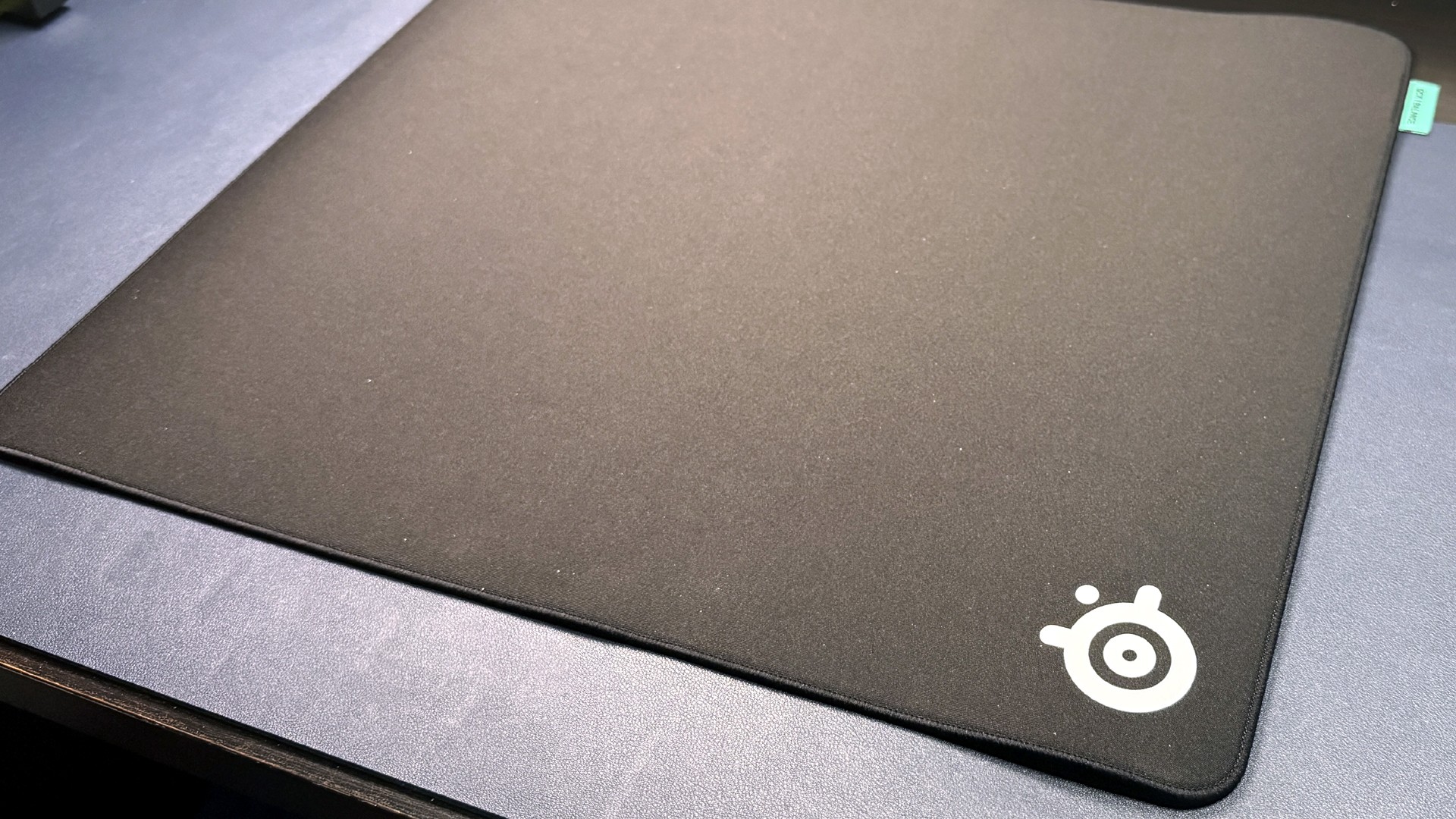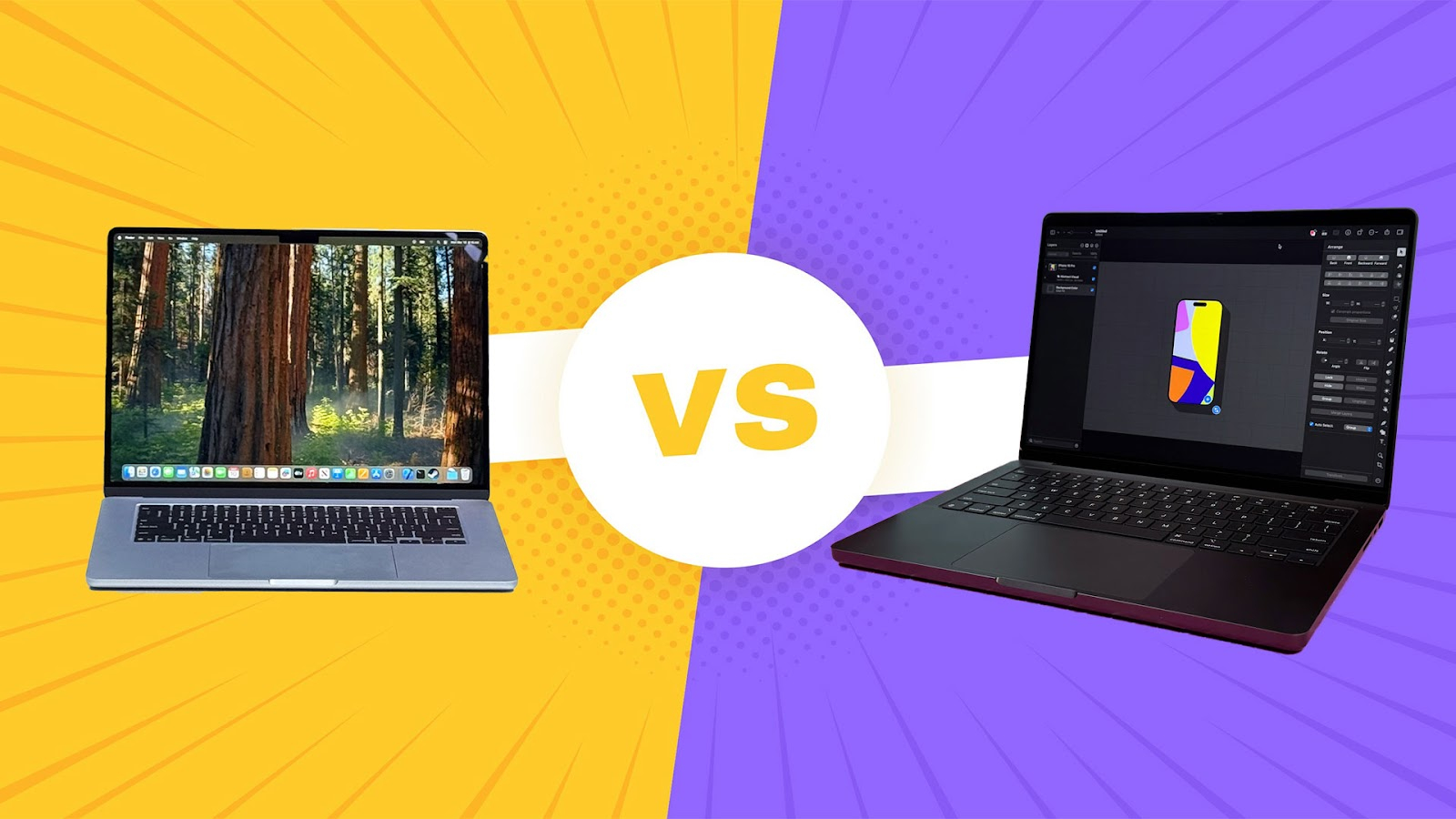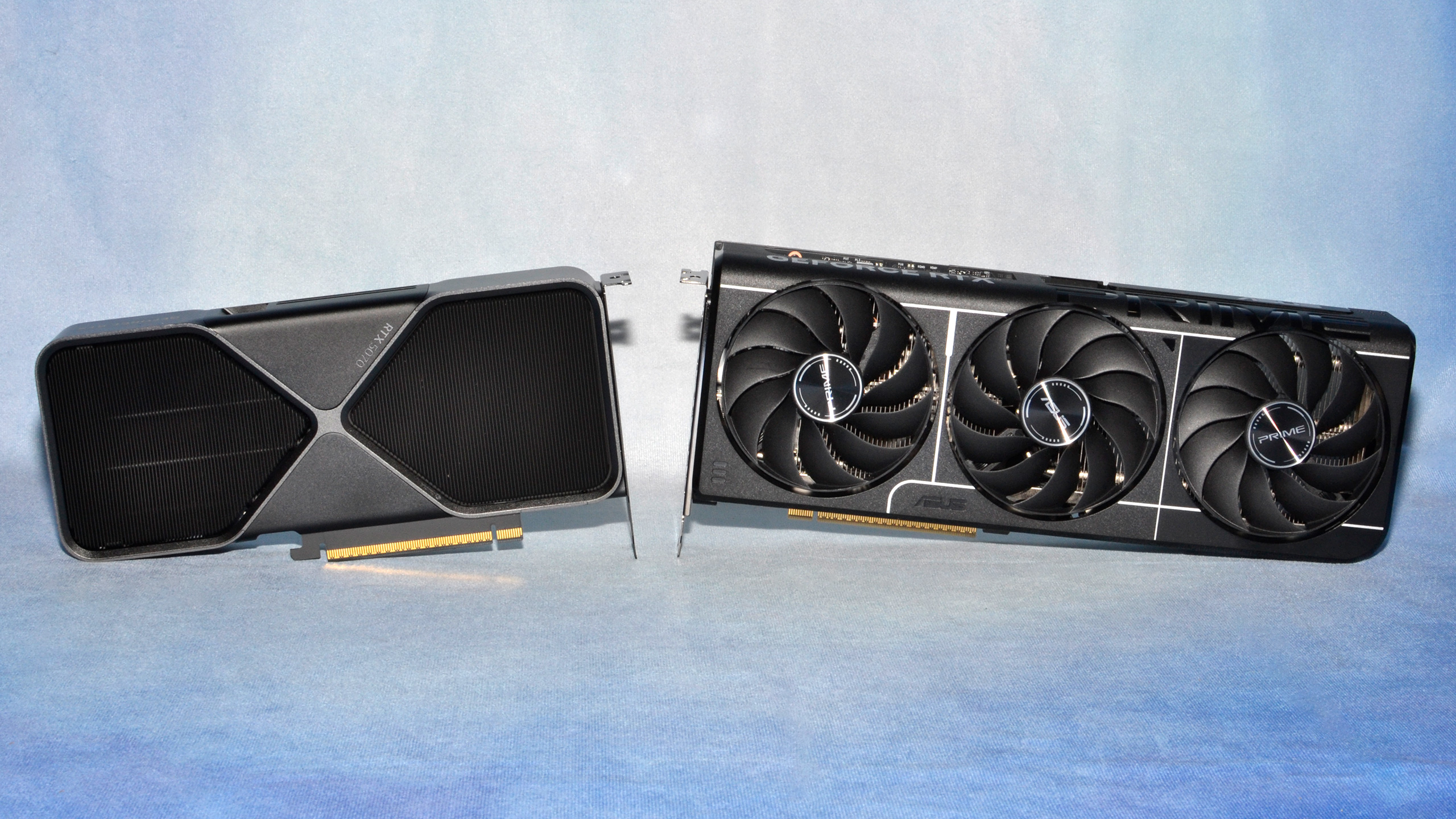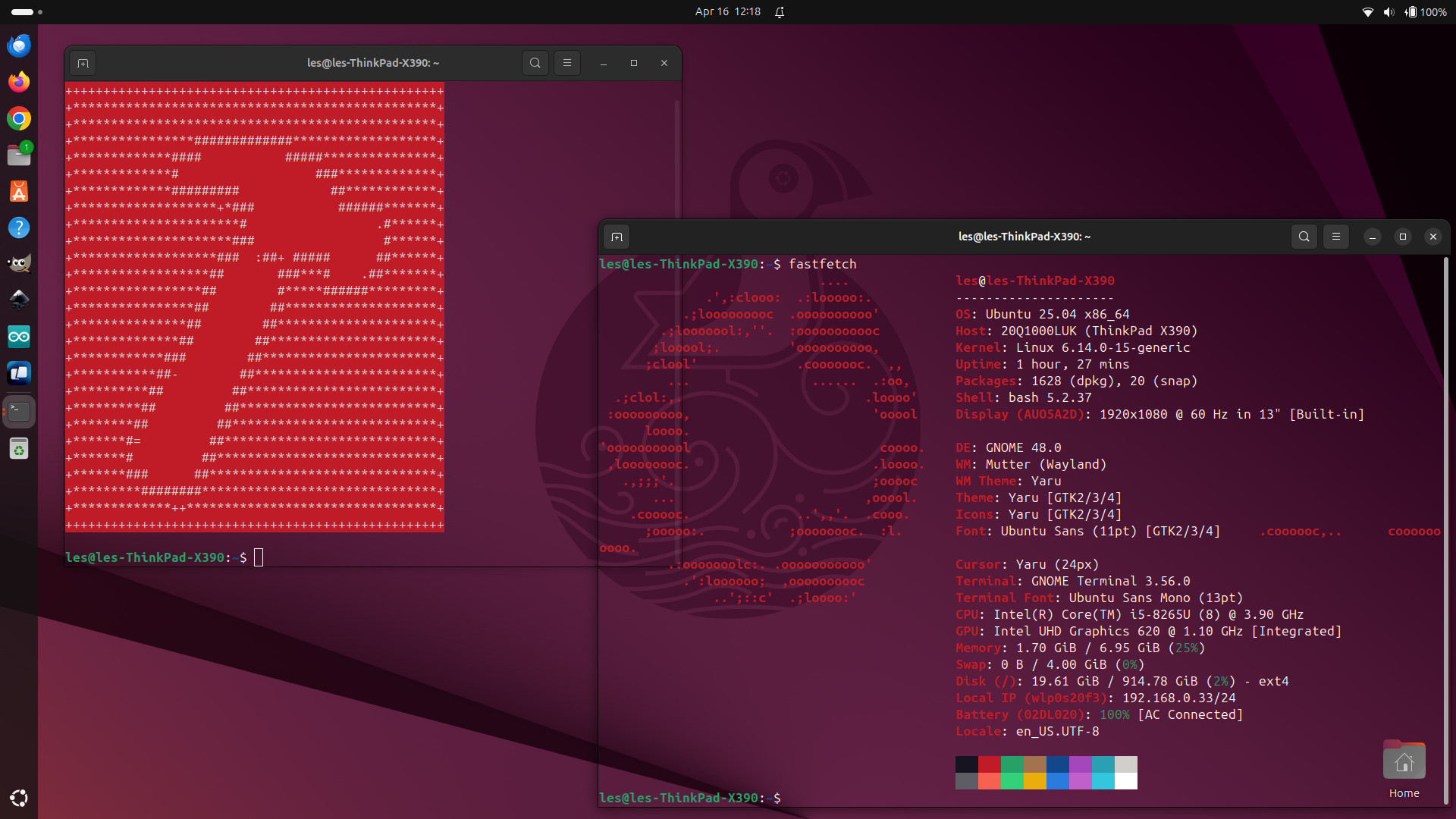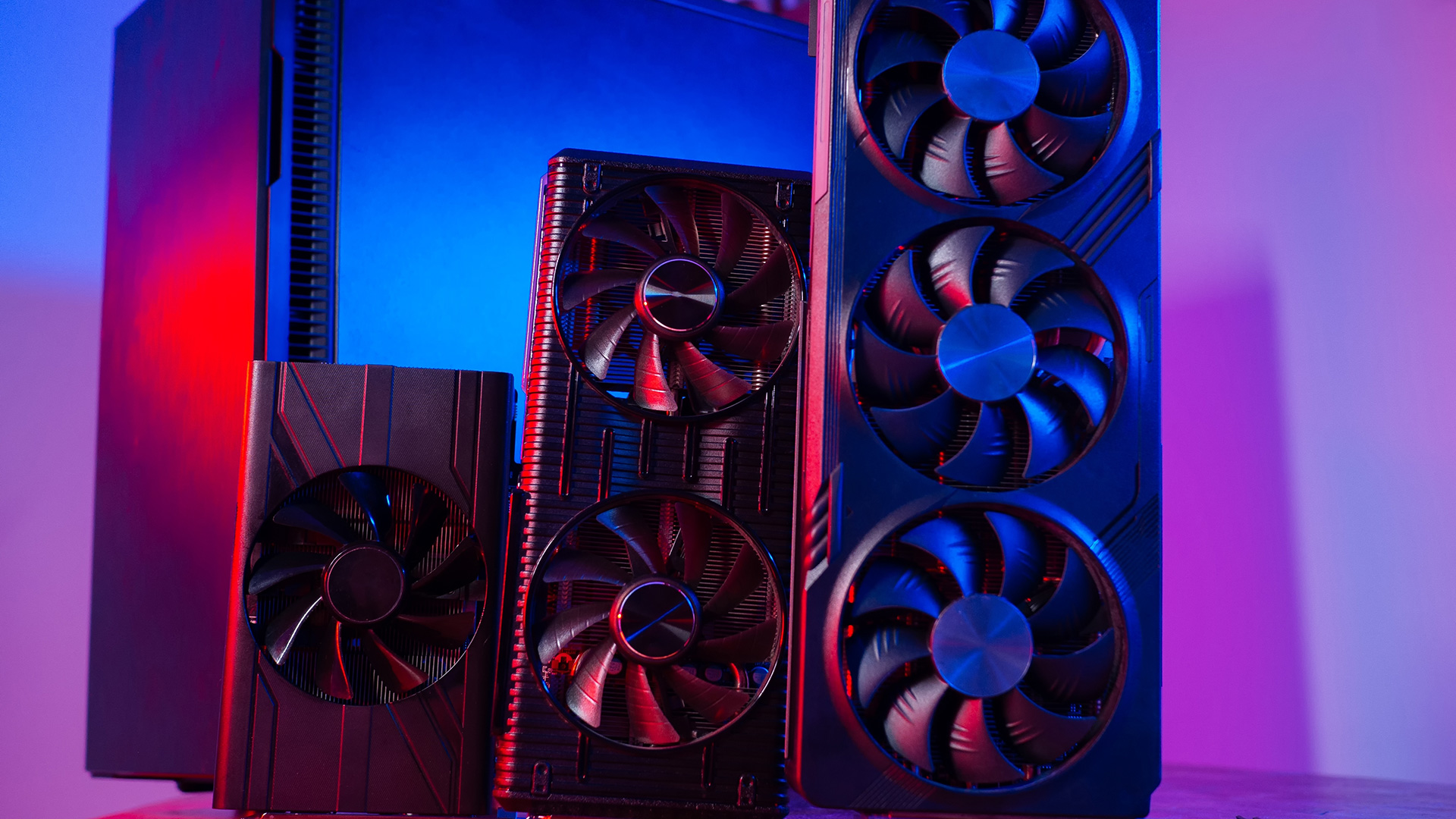Performance Summary

DDR4-3000 C14 turned out to be the best configuration for office and productivity work. It performed 3.64 percent faster than the standard DDR4-2133. DDR4-4400 C18 came in a close second with a 3.54 percent improvement over the baseline configuration, but the top four entries are close enough to call a wash.
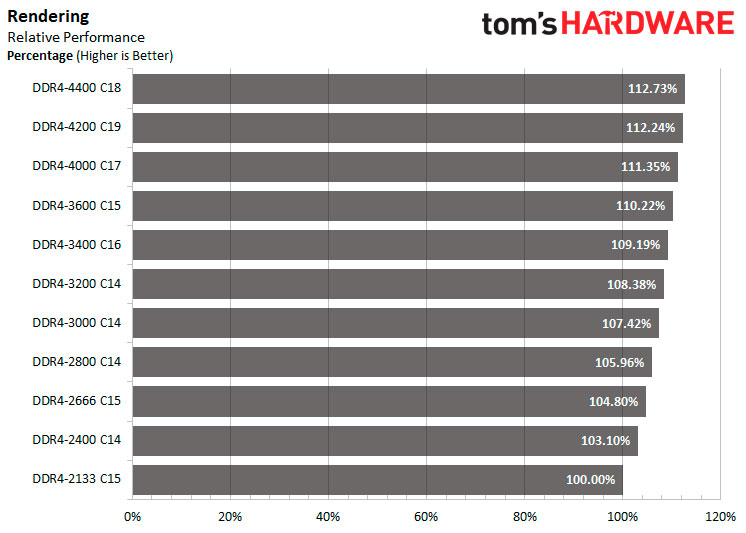
Generally, higher memory speeds provided better performance in rendering tasks. Memory speeds above DDR4-3600 C15 delivered over a 10 percent performance increase.
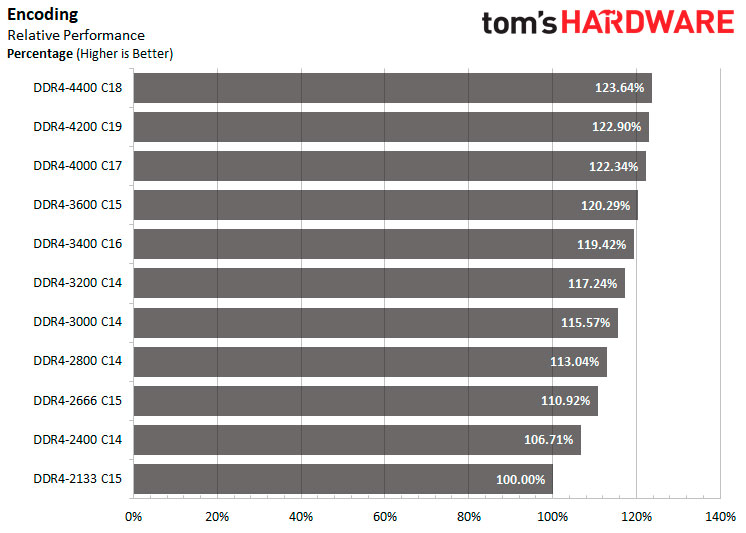
Encoding workloads benefited significantly from high-speed memory. Memory speeds over DDR4-2400 C14 provided performance bumps of over 10 percent. The DDR4-4400 C18 configuration is up to 23.64 percent faster than DDR4-2133 C15.
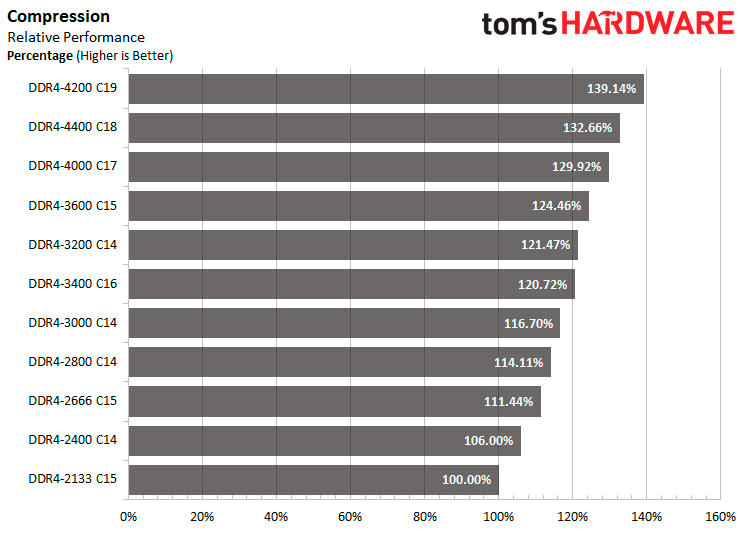
When it comes to compression, any memory speed over DDR4-2400 C14 contributed to a healthy performance gain of over 10 percent. The higher configurations, such as DDR4-4200 and DDR4-4400, dominated the charts with performance increases of over 30 percent in comparison to DDR4-2133 C15.

Configurations higher than DDR4-2400 C14 presented performance gains of over 10 percent during gaming tests at the 1280x720 resolution.

For gaming at the 1920x1080 resolution, DDR4-4400 C18 was the fastest configuration. However, it only provided a performance gain of 18.92 percent over DDR4-2133 C15.

Performance gains began to diminish as we scaled the resolution ladder. At 2560x1440, memory speeds above DDR4-2133 C15 only performed around 2 to 9 percent faster.
Stay On the Cutting Edge: Get the Tom's Hardware Newsletter
Get Tom's Hardware's best news and in-depth reviews, straight to your inbox.

Faster memory had very little impact on high-level gaming at the 4K (3840x2160) resolution. The difference between the fastest and slowest configuration was less than 3 percent.
MORE: Best Memory
MORE: DDR DRAM FAQs And Troubleshooting Guide
MORE: All Memory Content

Zhiye Liu is a news editor and memory reviewer at Tom’s Hardware. Although he loves everything that’s hardware, he has a soft spot for CPUs, GPUs, and RAM.



